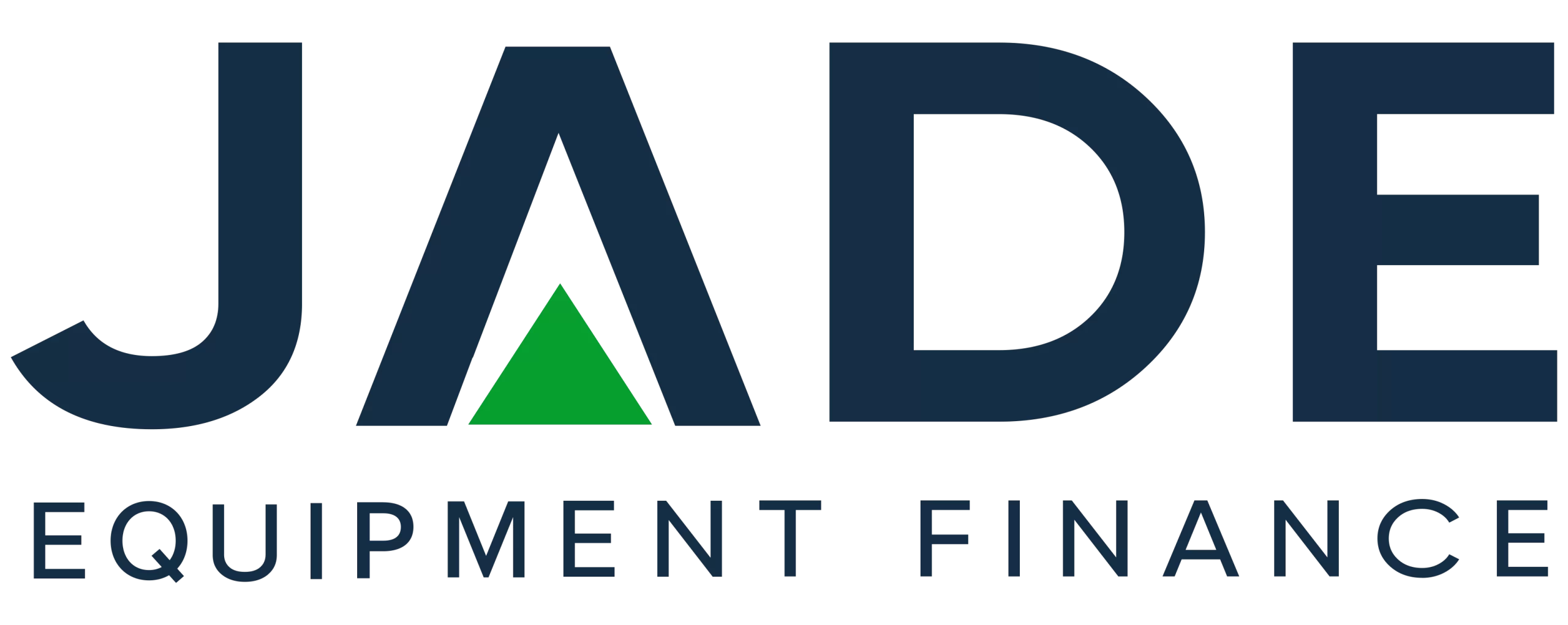As was expected, July sees yet another interest rate by the Board of the Reserve Bank of Australia to take the cash rate to 1.35%. The Reserve Bank rate rise for July brings makes the cash rate 1.25% higher than the 0.1% historic low which was held from November 2020 to May 2022. The Board has now lifted the cash rate at three consecutive monthly Board meetings and has stated that further rises will be made.
The Reserve Bank rate rise in July is part of the bank’s policy to address soaring inflation and will result in increases in equipment finance and other rates. The last three months’ of rate rises is explained by the RBA Governor as normalising its settings for monetary policy and withdrawing the economic support through record low rates provided when the worst scenario was expected in the early stages of the COVID-19 pandemic.
Inflation in Australia has soared beyond what the RBA sees as its preferred target of 2-3% and currently sits at 5.1%. Lifting interest rates is utilised by central banks to curb spending and lower inflation.
The reasoning for the Board’s monthly decisions on the cash rate are provided in the announcement which is issued on the day of each monthly meeting. Reviewing this statement can be extremely useful for businesses that are considering investing in new equipment with finance in the time ahead. The statement gives an insight into the RBA’s current thinking and its outlook for rates and the economy.
Governor Philip Lowe July Statement
The RBA Board made the decision to increase the cash rate by a further 0.5% at its July meeting. In making this decision, the Board has noted key factors which are continuing to contribute to rises in the rate of inflation in Australia. These factors are both at a local level and a global basis.
Notable points from the July decision include:-
- Inflation on a global basis is high and is being further pushed up by issues around supply chains which are primarily attributed to ongoing pandemic problems in some countries.
- The Ukraine situation remains and ongoing concern and is contributing to inflation internationally and locally especially through gas pricing.
- Demand is strong and pressuring production capacities.
- Central banks in many countries are adjusting monetary settings to arrest surging inflation rates.
- Adjustments to monetary policy by way of rate rises will require time in order to show a downturn in inflation.
- Some other countries are experiencing much higher inflation rates than those being seen in Australia.
- In addition to the international issues, a number of factors in the Australian economy are also contributors to surging inflation.
- Local factors include strong demand for goods and services coming at a time of a tight labour market which is placing constraints on the ability of some operators to capacity to meet that demand.
- The demand-supply scenario places upward pressure on prices.
- The flood events of 2022 have had and continue to have an impact on prices which further drive inflation rates.
- The Board expects Australia’s inflation rate to rise above the current 5.1% to a peak of around 7% later this year. In 2023 it is expected that the rate will decline and approach the 2-3% target.
Reserve Bank rate rises are seen by the Board as assisting the achievement of more sustainable balance in regard to demand and supply. The Board will be closely reviewing the CPI data covering the quarter to end of June which will be available in coming weeks. The Board states that it will release a full set of updates and forecasts in August.
Not surprisingly, the July statement repeated a number of points that had been previously mentioned in earlier months. This relate the resilience being seen in the Australian economy, the low rate of unemployment at 3.9% which is created the tightness in the market for labour. Unemployment is expected to fall further in coming months.
Wages growth is anticipated as organisations and businesses compete in the jobs market. But uncertainty remains around the spending behaviour of households. Recent data had been quite positive but pressure is being felt on budgets with price and rate rises.
The Board states that it will be closely watching the global outlook, in particular the pandemic issues which are created uncertainties in countries such as China. The Board expects that further steps in normalising rates will be required in the months ahead. The Board will be guided by the upcoming release of new data as to the size and the timing of further interest rate rises. The RBA Board next meeting is scheduled for Tuesday 2 August.
Effects on Equipment Finance
Banks and non-bank lenders use the cash rate as their foundation for their own lending rates. Straight after the 5 July RBA announcement, the major banks moved to lift their rates in the housing markets and other markets followed. Some lenders actually moved to raise rates before the announcement, in anticipation of the RBA decision.
The focus is now on the RBA’s August decision and whether or not it will be the last rise or if further increases will occur in September or October. The expectations from economists vary from a 0.25% to a 0.75% August rise. For those seeking finance for new equipment, such an increase can mean significantly more in monthly repayments. At a time when price rises in materials and other supplies are pressuring cash flow.
Despite this cycle of rising rates, we continue to maintain our policy of sourcing the cheapest equipment finance rates for each customer. Our vast accreditations provide our customers with more choices and more options in sourcing the cheapest rates currently on the market.
To allow for rate rises, businesses can look to:- selecting a lower-priced finance product; speaking with us about structuring the finance to achieve target repayments; and utilising available tax benefits.
Above all, as we have for some months, we strongly recommend acting on acquisitions earlier rather than later to secure finance prior to the expected future rate rises.
Contact Jade Equipment Finance on 1300 000 003 to secure cheaper equipment finance ahead of the next RBA rate rise.
DISCLAIMER: IF MISINTERPRETATIONS, MISREPRESENTATION OR ERRORS EXIST IN THIS ARTICLE, NO LIABILITY IS ACCEPTED. THE INFORMATION IS PROVIDED ONLY FOR GENERAL PURPOSES AND NOT IN ANY MANNER INTENDED AS THE ONLY SOURCE FOR MAKING FINANCIAL DECISIONS. THOSE THAT CONSIDER THEY REQUIRE ADDITIONAL GUIDANCE OR ADVICE SHOULD REFER TO AN INDEPENDENT FINANCIAL ADVISOR.


